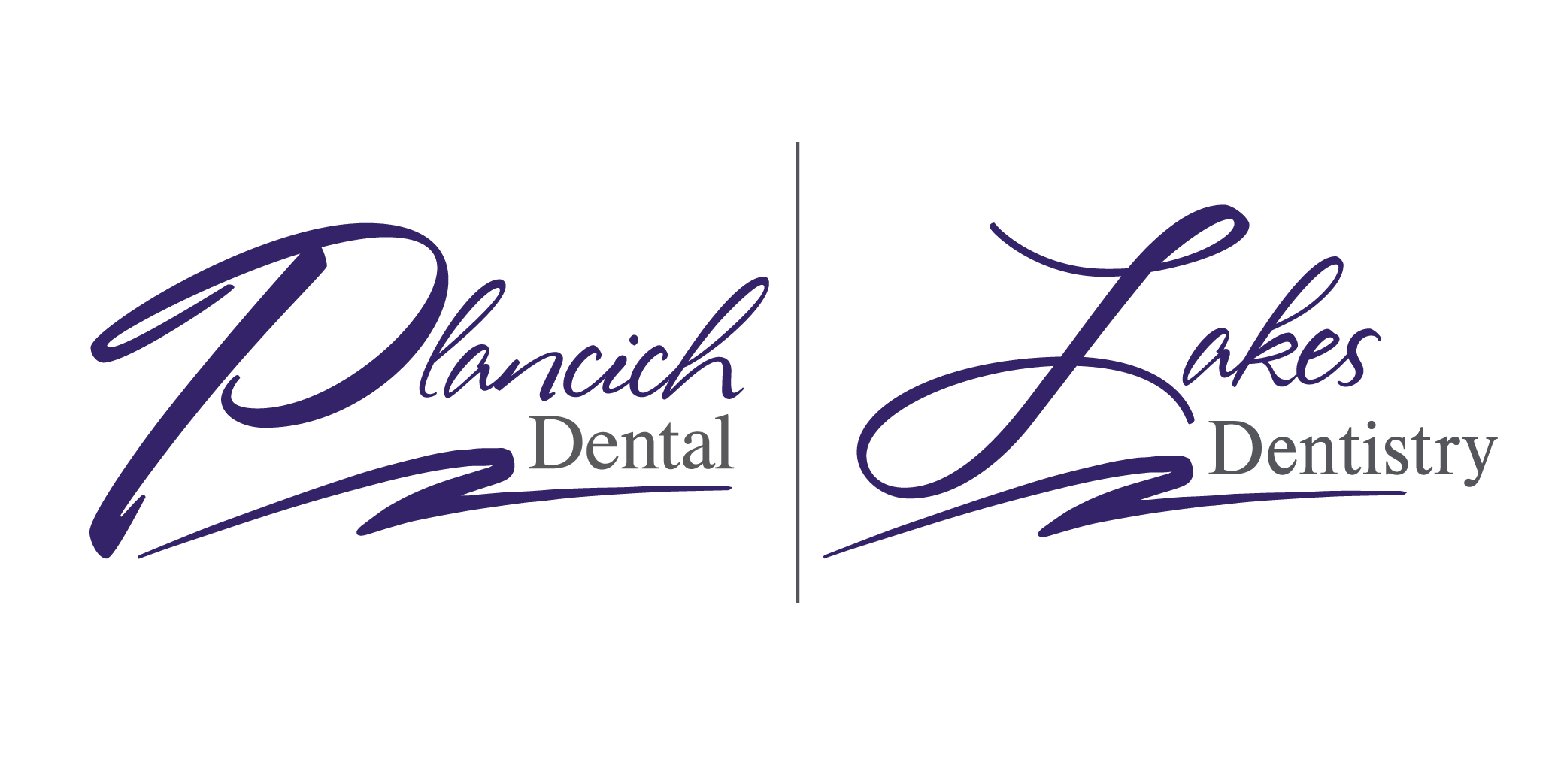Given the pervasive nature of foods or beverages that stain teeth, maintaining a white smile can be quite a challenge. Fortunately, the Tacoma cosmetic dentistry team at Plancich Dental have considerable experience and expertise in whitening teeth. As such, we’ve put together a handy guide to some of the best options you have at your disposal to keep those molars pearly white.

First, let’s examine over the counter whitening options. The simplest and most inexpensive option that most people are familiar with is whitening toothpaste. Though it can remove some surface-level staining, the active ingredients in over the counter whitening toothpaste are generally not strong enough to have a significant effect during the relatively short period of time the toothpaste is in your mouth. Similar to this are whitening rinses, which can be more potent if left in your mouth for longer periods of time–but will also age the other cells in your mouth faster as a result of this exposure.
Another option that has risen considerably in popularity over recent years is DIY over the counter whitening strips, which are available from many different brands including all of the major toothpaste companies. While these are more effective than over the counter whitening toothpaste if the instructions are followed correctly, they are not as concentrated or potent as prescription options. The upside of over the counter options is that they are usually more affordable, though they also can contain abrasive agents that wear away your tooth’s enamel or cause other potential health problems.
Many dentists (including Plancich Dental) offer prescription whitening options as well. These can include whitening pens (such as the Zoom whitening pen), prescription toothpaste, or prescription home bleaching kits. Whitening pens are useful in that they can be used to whiten specific problem areas if there’s uneven discoloration, while prescription toothpaste and home bleaching kits are notably more effective than their non-prescription counterparts.
By far the most effective and safe option is professional in-office whitening. Though this tends to be one of the more expensive options, the whitening ends up being a better value in that it will last the longest if done correctly—up to five years. Plancich Dental’s professional bleaching also includes custom-made impression trays as well as an additional at-home whitening component.
It’s important to note that there are two types of stains that can plague your teeth: intrinsic stains and extrinsic stains. Intrinsic stains are much more difficult to treat than extrinsic stains, which can respond well to most of the above whitening options, even whitening toothpastes or rinses if the stains are especially minor or superficial. However, over-the-counter kits will not be effective in treating deeper extrinsic stains or any kind of intrinsic stains. In fact, intrinsic stains reside within microcracks in your enamel and in the dentin layer beneath. The depth of these stains often are responsible for the most tooth discoloration and tend to respond exclusively to whitening agents.
Intrinsic stains can also sometimes be caused by malformed enamel or dentin due to developmental health issues or excessive childhood fluoride or tetracycline intake. Unfortunately, teeth that are discolored due to malforming will not respond to bleaching or any other kind of whitening. The best options for a whiter smile in this case are veneers or crowns. If you already have veneers, crowns or fillings, they will not respond to any kind of whitening so the only option in that case will be to replace them with new ones. Teeth with discoloration caused by medication side-effects or injury also will likely not respond to whitening.
For these reasons, it’s important to see your local Tacoma dentist at Plancich Dental to find out whether or not your teeth will respond to whitening before investing in any whitening products. The cosmetic dentists at Plancich will also be able to answer any questions you might have about malformation, discoloration due to medication usage, crowns, veneers, fillings, or other issues related to teeth whitening.
Sources: Mouth Healthy, Ask the Dentist, The Health Site, Opalescence, WebMD, Your Smile Becomes You
